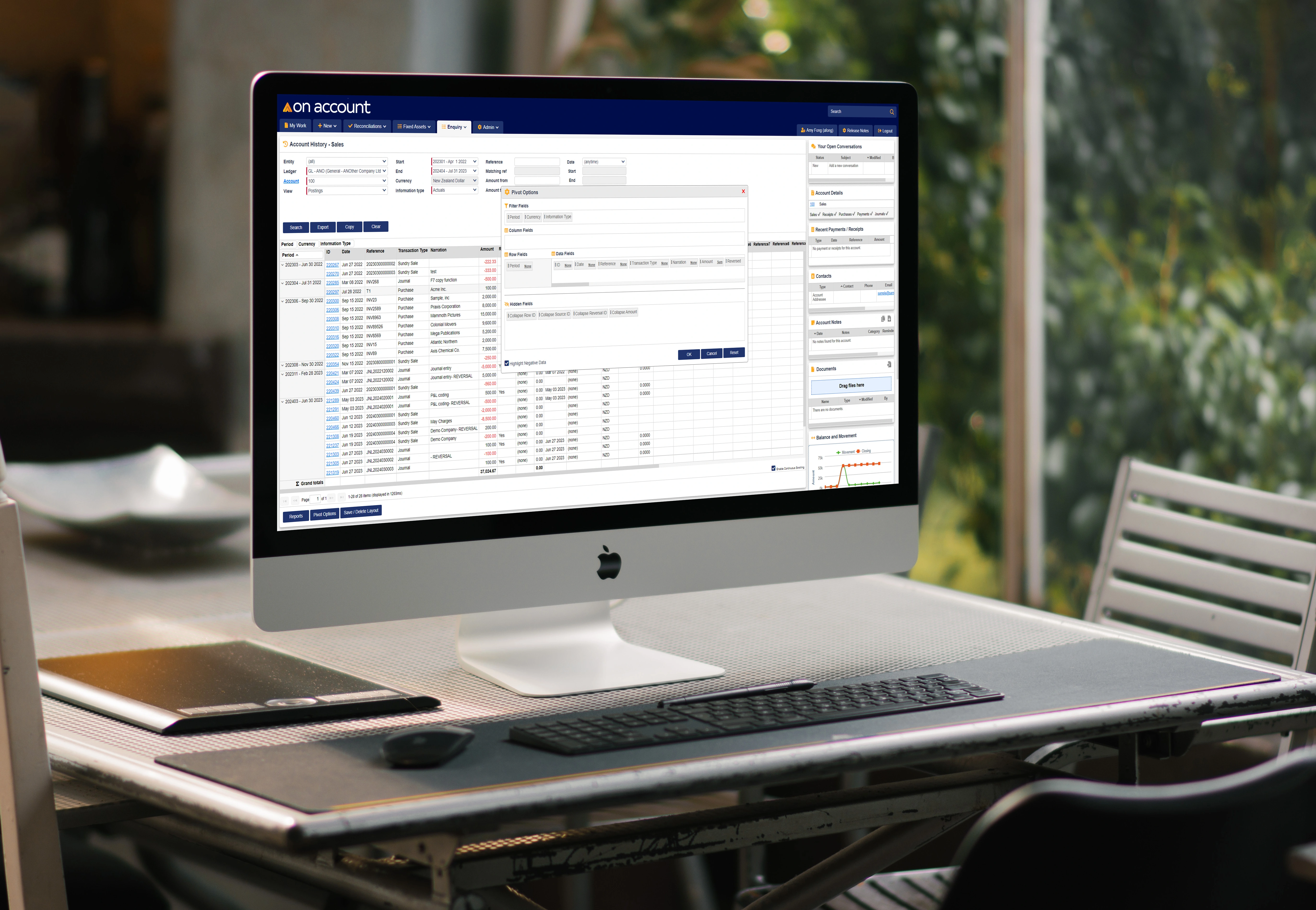IT’s a Challenge
We meet with many business owners, often a number of years down the track after starting their business. The story is fairly common. A great idea paired with immense courage and fierce tenacity - a business is started and results happen.
The early years are focused on getting the word out, attracting customers and responding to what they need, getting the product or service just right, building and developing a great team, and for many the most consuming is the month-to-month hand-to-mouth reality of making sure the bills get paid.
Alongside all this intense activity in the early years, IT systems are put in place. More commonly, these early IT “systems” comprised a number of spreadsheets, documents, and possibly an accounting system all operating on computers in the office.
A few years down the track, the business owners stand back and take a look at where they can improve and fine tune the business to get better results. Usually this moment comes with a sharp realisation that invoicing all these sales is taking quite a while using the MS Word template they designed a few years back.
They realise there are new IT systems on the market that weren’t around a few years back that could streamline and improve the business. They also struggle to get good visibility across the business and realise there isn’t the ability to track sales, returns, stock levels, staff hours, and other information that will help inform better decisions.
In addition, customers are demanding greater levels of service. They expect any business they work with to know more about them and their preferences. This is more than just an expectation if the customer has a history with the business. Businesses large and small grapple with connecting all the information they have about a customer, often across multiple systems, to improve customer experience.
It’s a sobering realisation when IT becomes both the biggest challenge and the greatest opportunity for the business to thrive and grow.
The IT Disruption
So where do you go to find the right systems that can take your business to the next level and remove some of the roadblocks being faced?
Most small and medium businesses default to Xero or MYOB because smart money management tends to be a first priority. And to be fair, they are pretty great system options. The recommendation often comes from accountants who, if they’re doing their job right, spot that results can be improved and suggest an online accounting system.
However, accounting systems like Xero are only one piece of the puzzle. Other IT Systems that can help automate and support better decision making include payroll, HR, e-commerce, a website, mobile app, stock management, CRM for sales, customer service, marketing - just to name a few!
There is a common conundrum that many businesses who have been operating for a while find. When they start looking at the right systems for the business it becomes clear - no IT system fits the business perfectly.
Regardless of the IT systems you choose, unless you go for a completely bespoke solution, it won’t match your existing business processes perfectly. This is not a big deal in a lot of cases, as businesses are often prepared to change business processes to fit a new system and re-train staff.
The secret is to identify the processes or things that make your business special and unique. When choosing a system that touches those areas, make sure that any system you choose, without compromise, fits your ways or does things so much better that it puts you at the front of the pack.
Getting the best bang for buck
When choosing an IT system, generally you’re after best-of-breed - those systems that are brilliant at doing what you need it to do. These best-of-breed systems can start off cheap like Xero which starts at $7 a month. Add a stock management system, a payroll system, a CRM, an email marketing system, your website, and maybe add mobile or online payments and soon you find out that only the “Enterprise” or “Big Business” plan or subscription has the features you need. That’s when cheap is no longer an option.
The integration between platforms and add-ons isn’t perfect either and you may find that you need to pay for a customised integration solution to have your systems play well with each other.
Before long, you’re paying thousands a month in licenses. A cost that’s absolutely required but wasn’t budgeted for or even considered a few months ago. Surprisingly, for a similar cost, you may have even been able to have systems custom built to fit your business exactly.
The earlier you can work out what you need, the better position you’ll be in to make a great and informed decision that will fit your business both now and for the longer term.
If we could start again…
I asked a number of business owners, for whom the above is a familiar story, if they started a business again what would they do differently. Here’s some of the common themes to what they shared:
- Start early - No one today runs any business without some form of IT system, so expect that it’s required and have budget in place for it.
- Have a plan - Understand your business processes and identify the things that make the business special and unique. Review the options for systems out there and make sure that something exists for your business model. If you have a service-based business, a concession store, or any part of your business that is a little out of the box, you might find that an off the shelf product won’t work for you. Find out what it would look like to have a customized solution, this might be completely bespoke, or a hybrid.
- Expect success - As your business grows you’ll need more tools and add on more system capability to have your systems grow with you and not hold you back. Put a timeframe together to identify when success may happen and what may be required. Include in your plan considerations around how any new systems will work with what you have or what may need to change to accommodate any change.
- Talk to an expert - If IT is not your space, talk to someone who has experience or knows a lot about IT systems. Other business managers and owners are always a good start.













